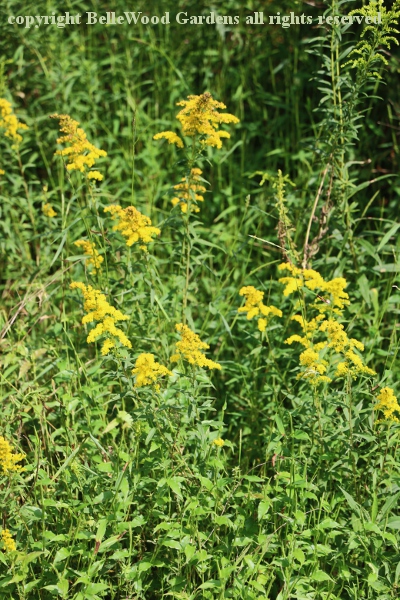
.
If you have any comments, observations, or questions about what you read here, remember you can always Contact Me
All content included on this site such as text, graphics and images is protected by U.S and international copyright law.
The compilation of all content on this site is the exclusive property of the site copyright holder.
Autumn Arrives:
The Astronomical First Day of Fall
Tuesday, 22 September 2020
It has arrived. The sun crossed the equator. Today day length and night darkness are equal. Then, day by day, night takes sway and there will be a few less minutes of sunshine. Until we get to the winter solstice in December. But that's another story.
It was Karl Foerster, an eminent German horticulturist (he gave us Rudbeckia 'Goldsturm') who said there should be six seasons rather than four: first and second spring, summer, first and second autumn, and winter. It's true, what happens in March, the start of the meteorological spring is nothing like May. And September and November are also quite distinct.
Setting such quibbles aside, here we are, well into September. There have been some chilly nights. I turned on the heater in the greenhouse. The house heat is on too. A thermal blanket on the bed, and both cats join us at night. Those tender plants that will keep growing are being moved into the greenhouse. Those that will sensibly go dormant - into the basement.
The natural world too, is taking notice of the turn of the seasons.

A planting of sunflowers at the edge of a cornfield. Small birds have already begun feeding on those flowers gone to seed. Flowers in the plural is most accurate, as each petal edged disc is composed of numerous individual flowers grouped together. An efficient design, one we see in all the daisies of the garden, flowers such as rudbeckia, echinacea, and chrysanthemums. And also

the native daisies of autumn are spreading gold along the roadsides. Solidago rugosa, commonly called rough-stemmed or, more accurately, rough-leaved goldenrod, since the specific name refers to the wrinkled, veiny rugose leaves. A large goldenrod, growing four to six feet tall. If you would bring it into cultivation the taller ornamental grasses would make a nice pairing, providing a meadow ambiance to the garden.

There's more going on in autumn than pumpkins and Halloween.
Back to the main Diary Page